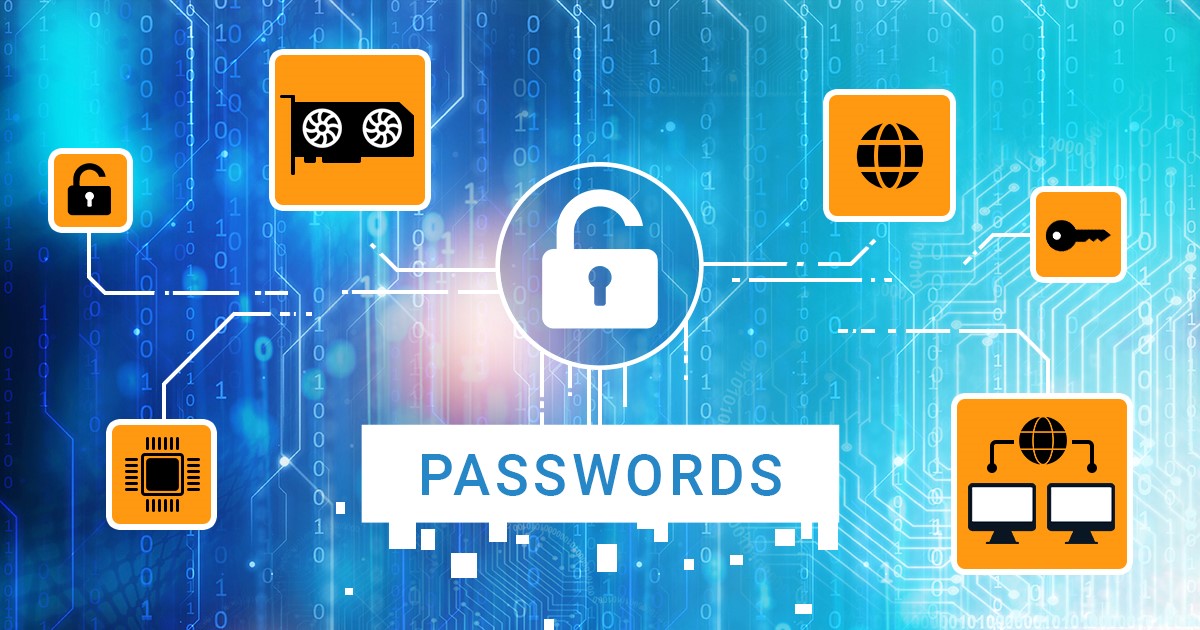The second beta of iOS Forensic Toolkit 8.0 has arrived, offering repeatable, verifiable extraction for a limited range of iOS devices. The new release introduces a brand-new user interface, which differs significantly from the selection-driven console we’ve been using for the past several years. This article describes the new workflow for performing forensically sound extractions with iOS Forensic Toolkit 8.0 beta2.
If you are doing Apple Watch forensics, I’ve got some bad news for you. The latest model of Apple Watch, the Series 7, does not have a hidden diagnostics port anymore, which was replaced with a wireless 60.5GHz module (and the corresponding dock, which is nowhere to be found). What does that mean for the mobile forensics, and does it make the extraction more difficult? Let’s shed some light on it.
iOS security model offers very are few possibilities to recover anything unless you have a backup, either local or one from the cloud. There are also tricks allowing to recover some bits and pieces even if you don’t. In this article we’ll talk about what you can and what you cannot recover in modern iOS devices.
Switching the iPhone into DFU mode is frequently required during the investigation, especially for older devices that are susceptible to checkm8 exploit. However, switching to DFU requires a sequence of key presses on the device with precise timings. If the device is damaged and one or more keys are not working correctly, entering DFU may be difficult or impossible. In this guide, we offer an alternative.
In just a few weeks, the new iPhone range will be released. Millions of users all over the world will upgrade, migrating their data from old devices. While Apple has an ingenious backup system in place, it has quite a few things behind the scenes that can make the migration not go as smooth as planned. How do you do the migration properly not to lose anything?
iMessage, Hangouts, Skype, Telegram, Signal, WhatsApp are familiar, while PalTalk, Pigin, Psi Jabber client, Gadu-Gadu, Gajim, Trillian, BigAnt or Brosix are relatively little known. The tools from the first group are not only more popular but infinitely more secure compared to the tools from the second group. In this publication we’ll review the authentication methods used by the various instant messengers, and attempt to extract a password to the user’s account.
AIMPR, ECX, EDPR, EIFT, EINPB, EPB, ESR, EXWA, instant messenger, Signal, Skype, Telegram, WhatsApp
How do you extract an Apple Watch? While several extraction methods are available, you need an adapter if you want to get the data directly from the device. There are several different options available on the market, some of them costing north of $200. We tested a large number of such adapters. How do they stand to the marketing claims? In this article, I will share my experience with these adapters.
While we are still working on the new version of Elcomsoft iOS Forensic Toolkit featuring forensically sound and nearly 100% compatible checkm8 extraction, an intermediate update is available with two minor yet important improvements. The update makes it easier to install the tool on macOS computers, and introduces a new agent extraction option.
How to break ‘strong’ passwords? Is there a methodology, a step by step approach? What shall you start from if your time is limited but you desperately need to decrypt critical evidence? We want to share some tips with you, this time about the passwords saved in the Web browsers on most popular platforms.
ECX, EDPR, EIFT, Elcomsoft Cloud Explorer, Elcomsoft Distributed Password Recovery, Elcomsoft Password Digger, Elcomsoft Phone Breaker, Elcomsoft Phone Viewer, EPB, EPD, EPV, iOS, keychain, macOS, passwords, Windows
Back in 2019, independent researcher axi0mX has developed a ground-breaking exploit. Targeting a vulnerability in the bootloader of several generations of iOS devices, checkm8 made it possible to obtain BootROM code execution and perform forensic analysis on a long list of devices running a wide range of iOS versions. In this article, we’ll talk about the forensic use of checkm8 with iOS Forensic Toolkit.


